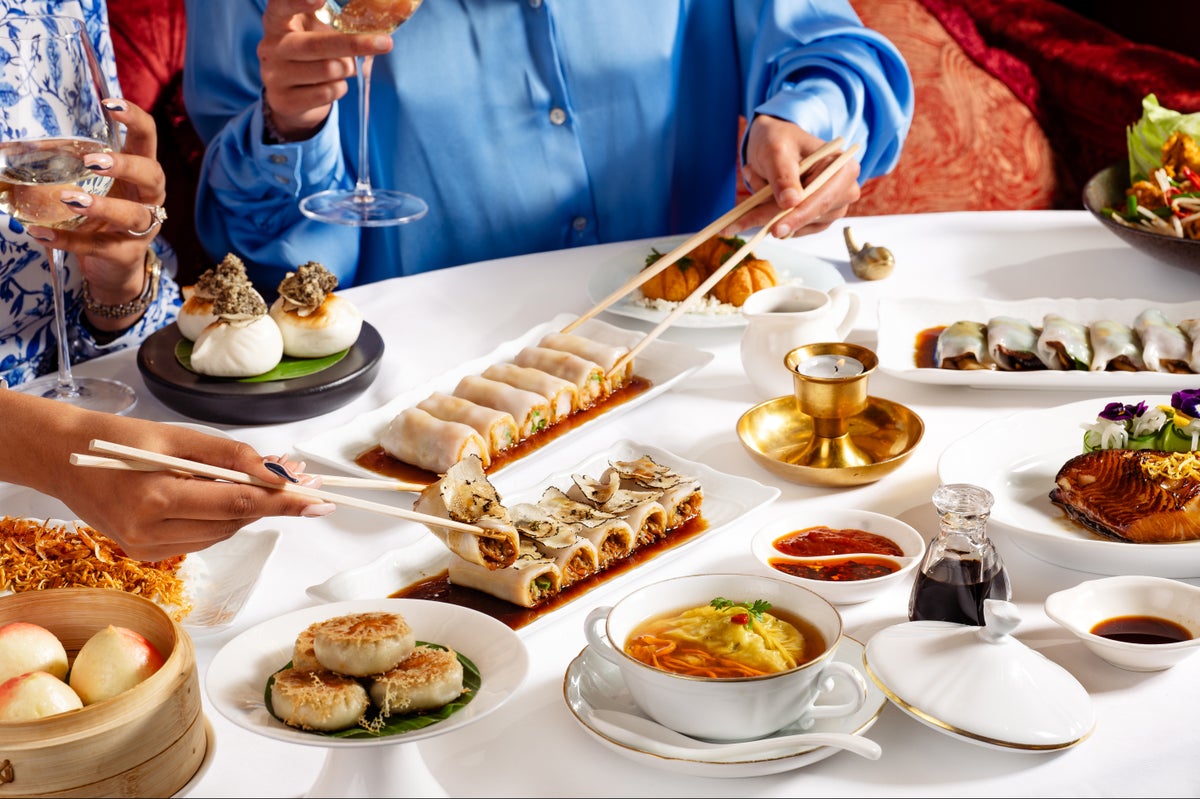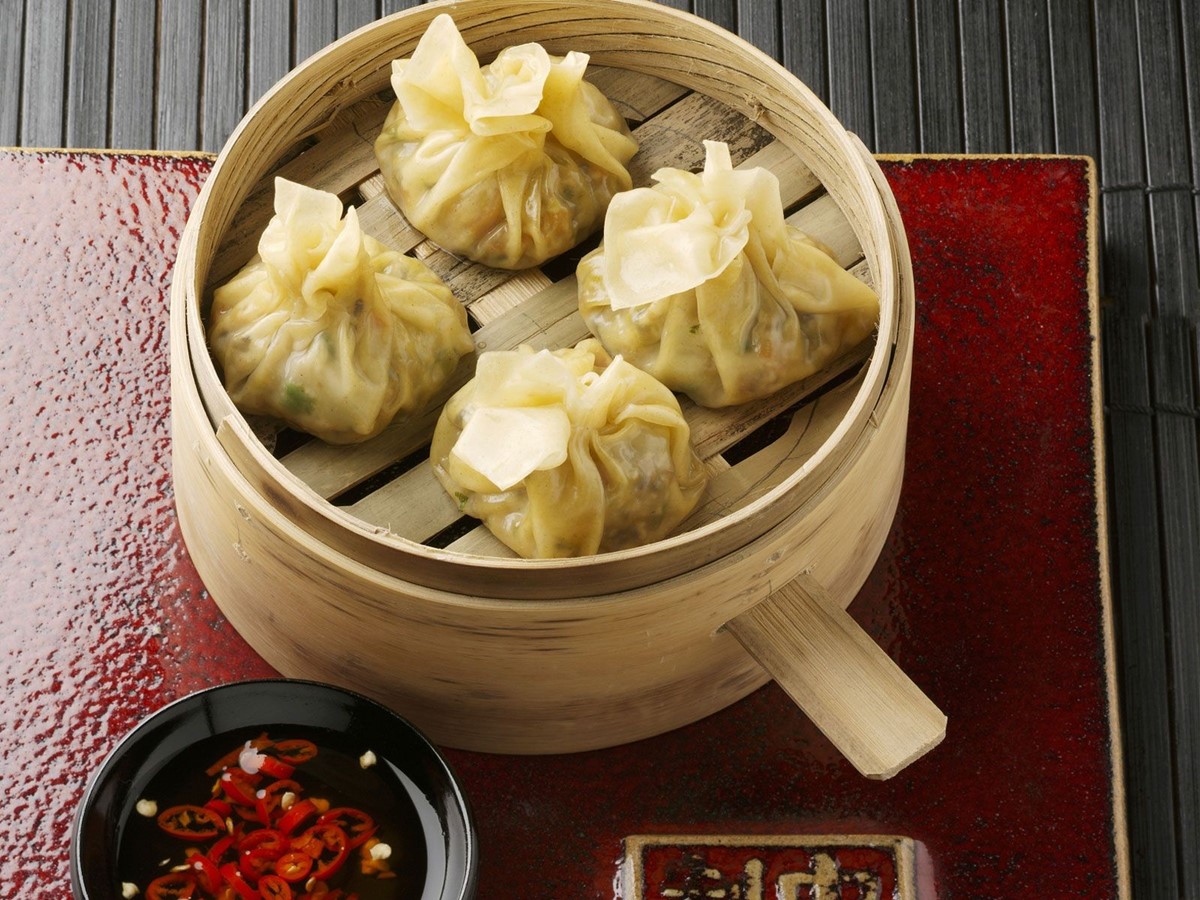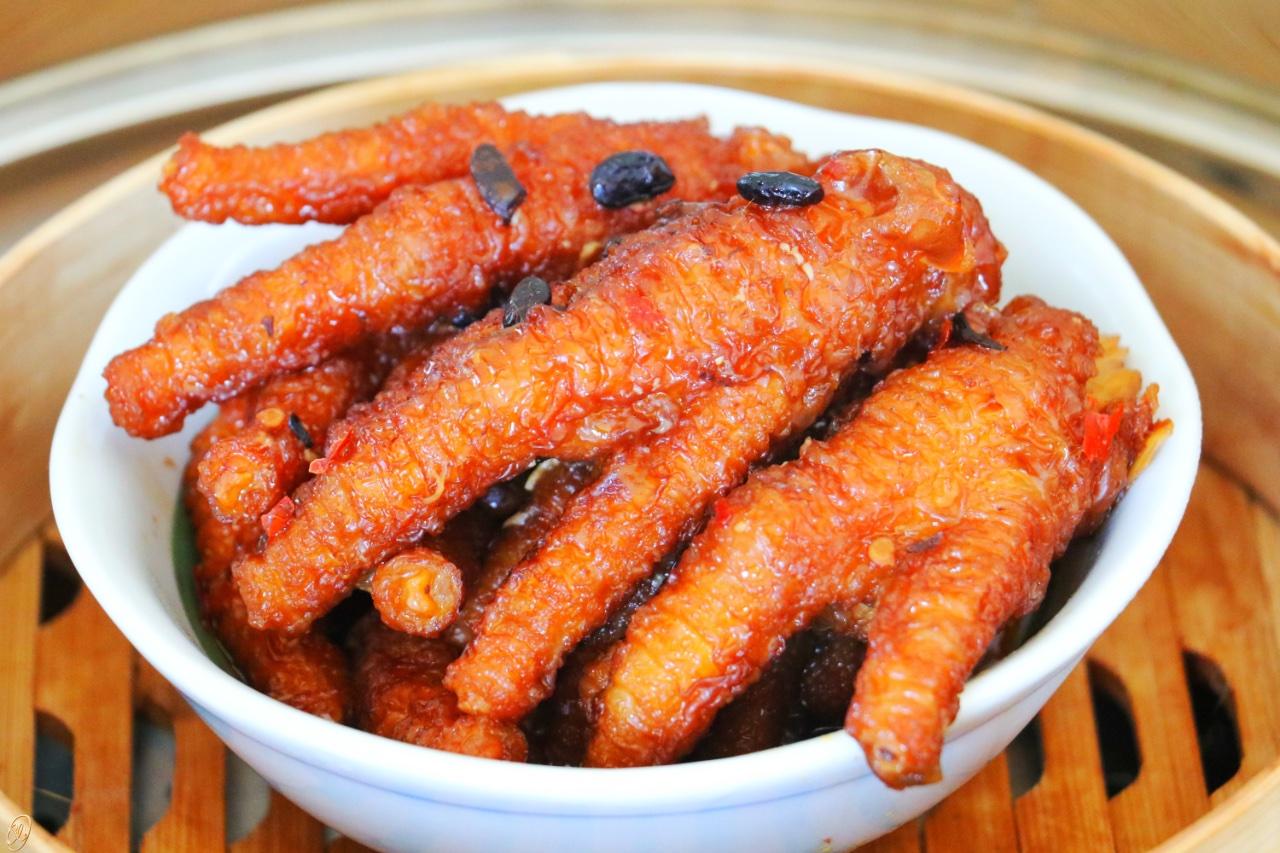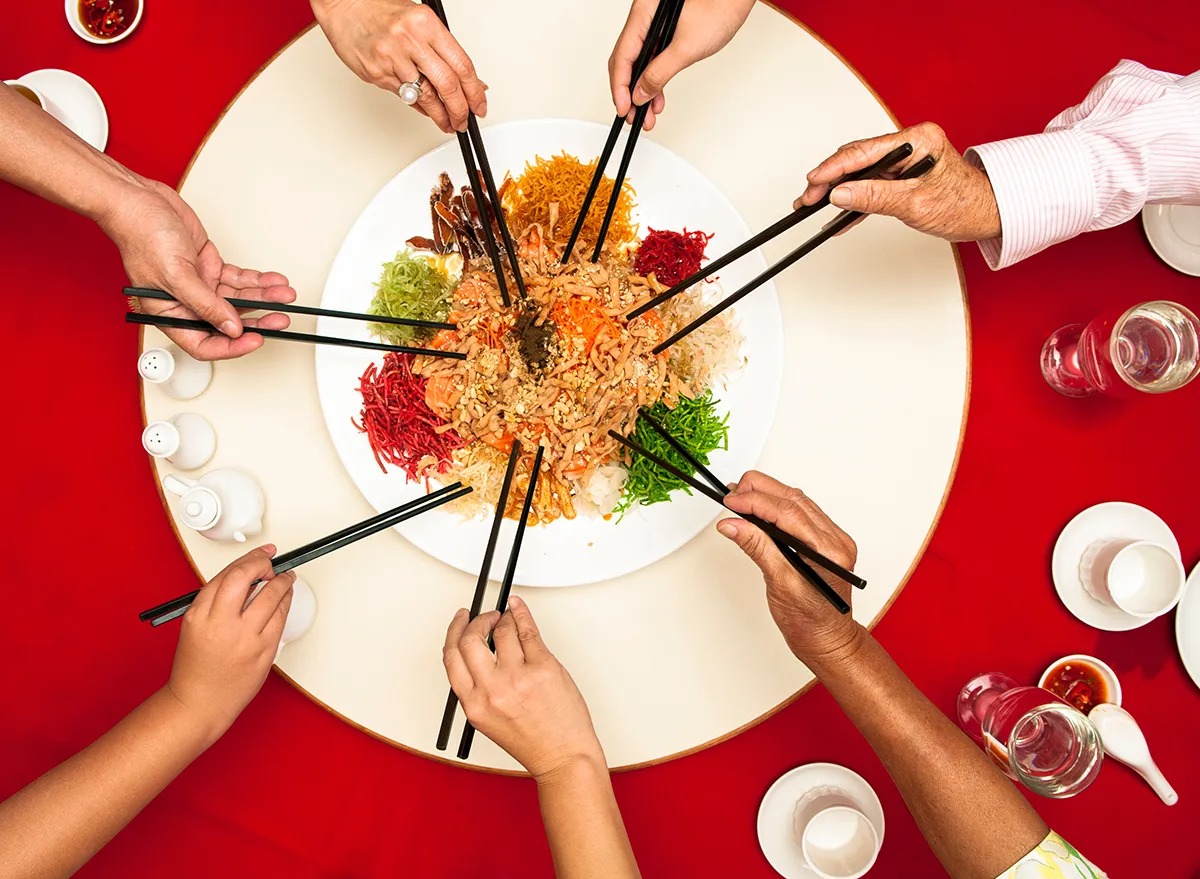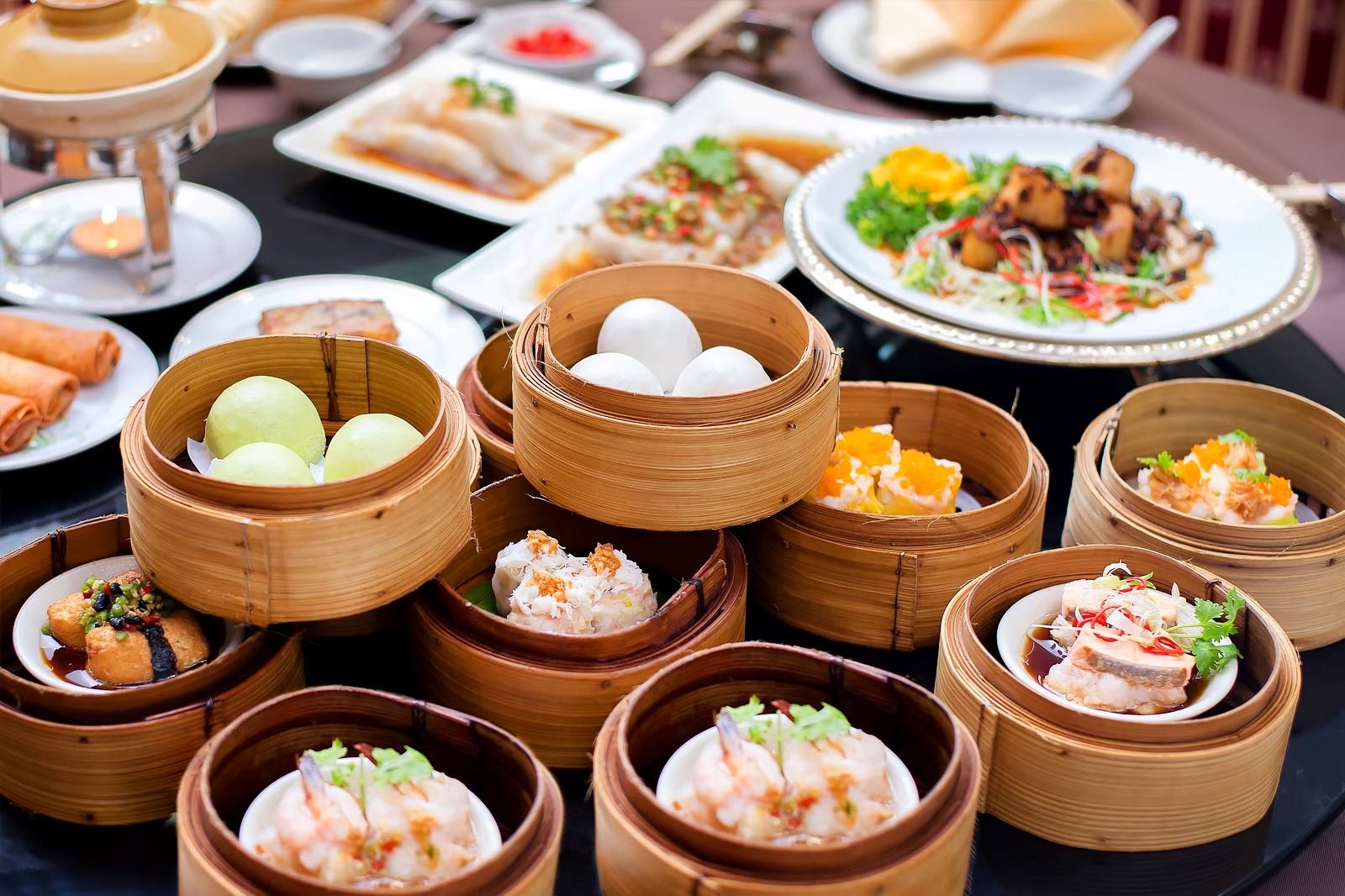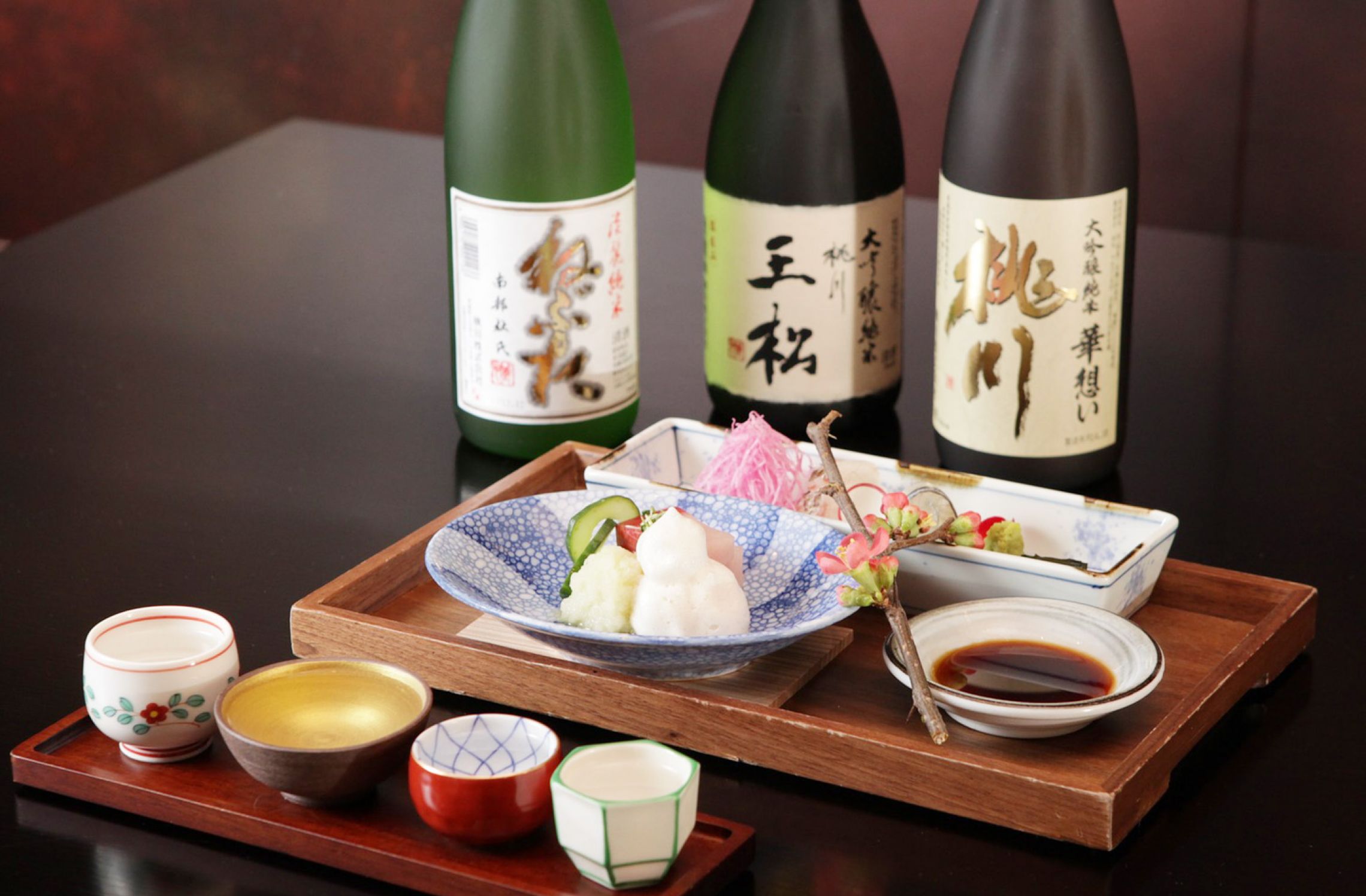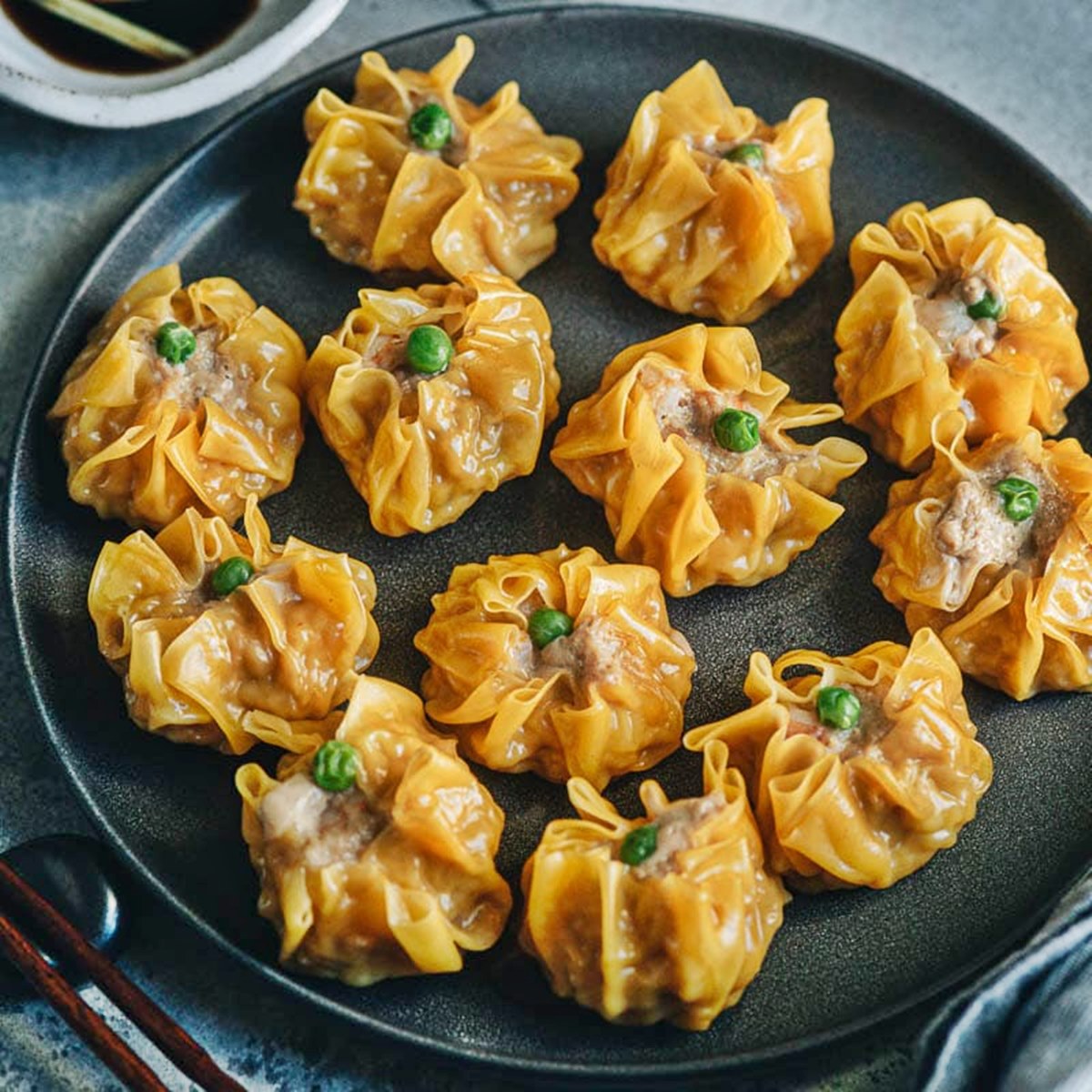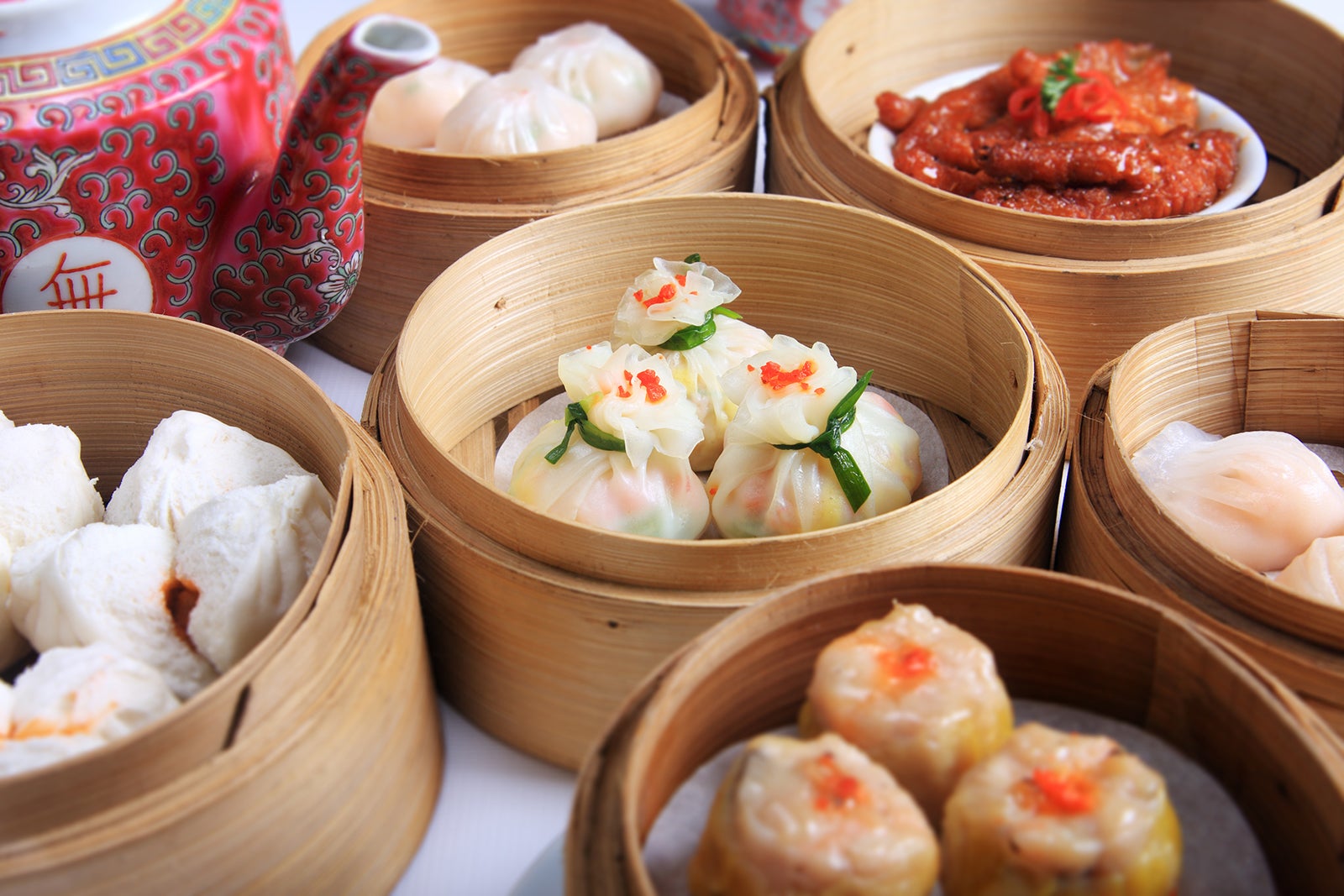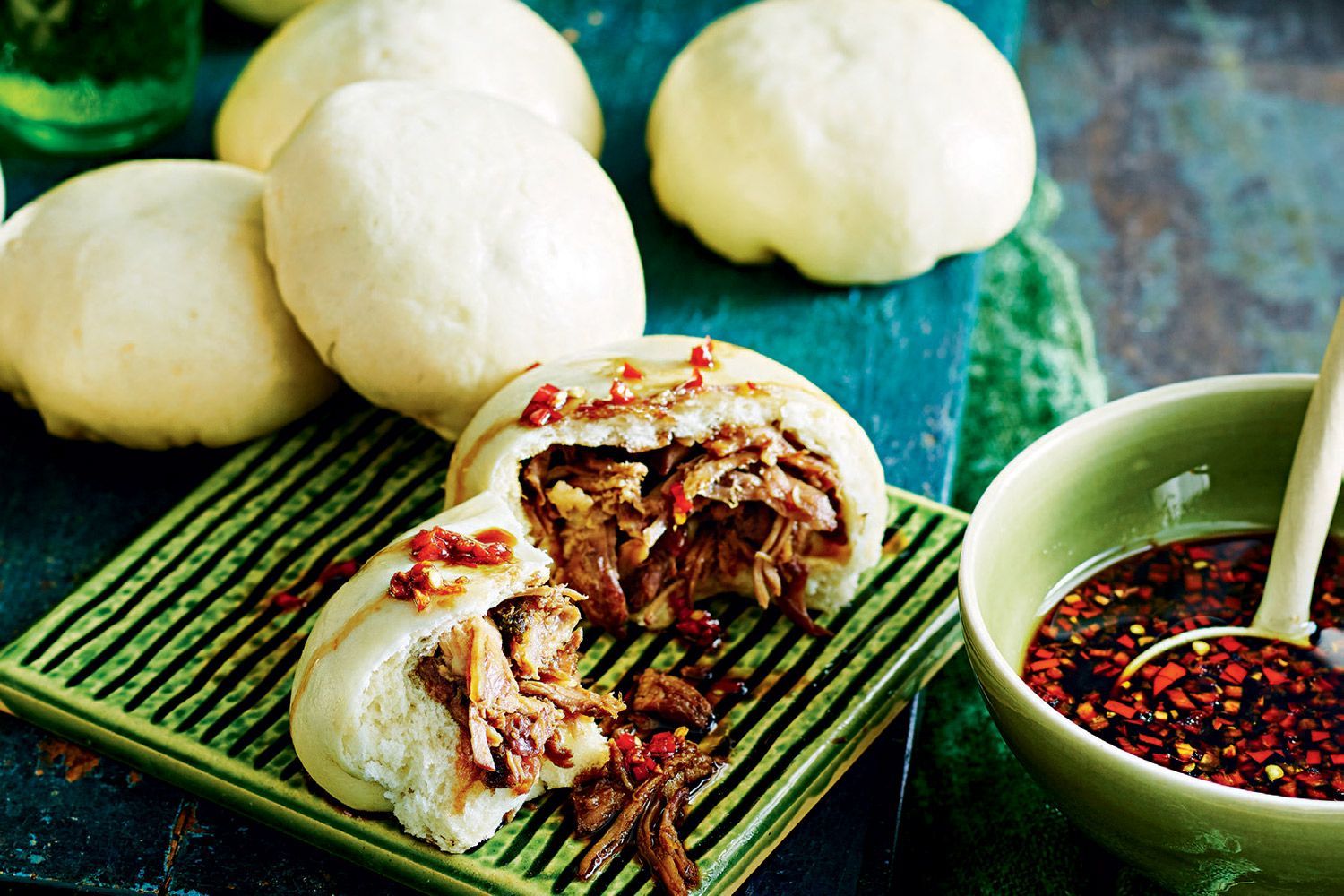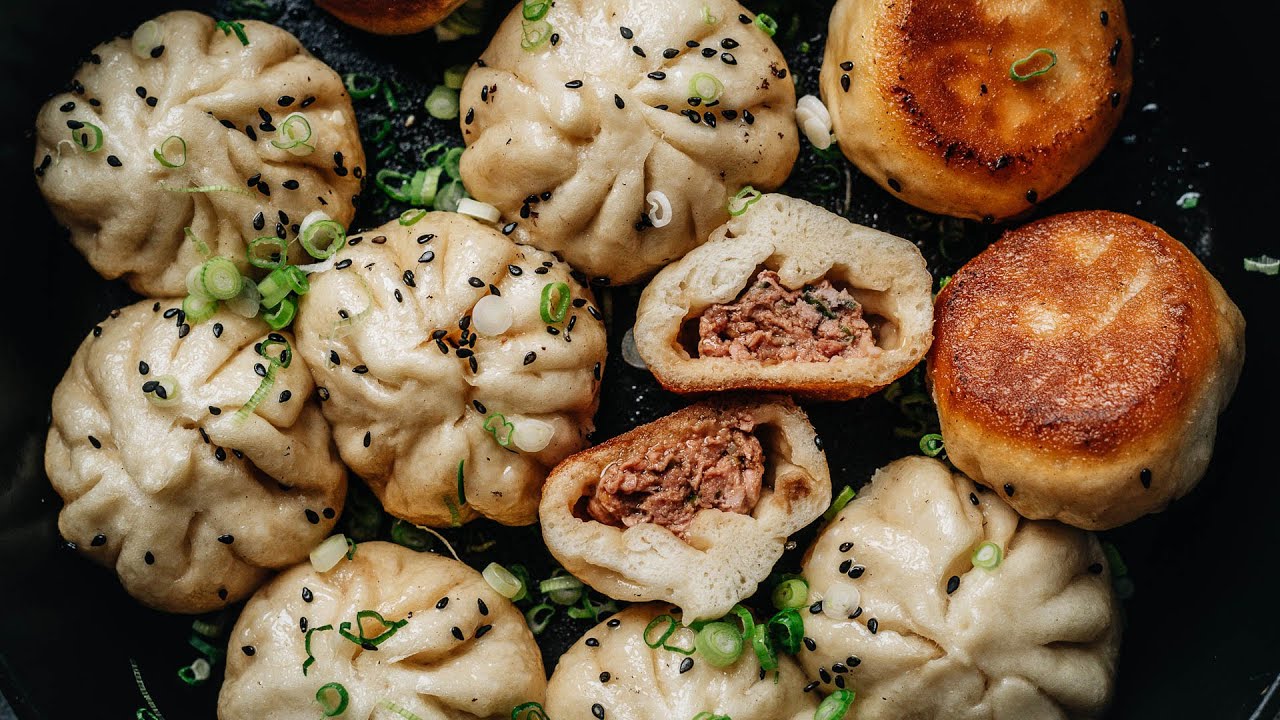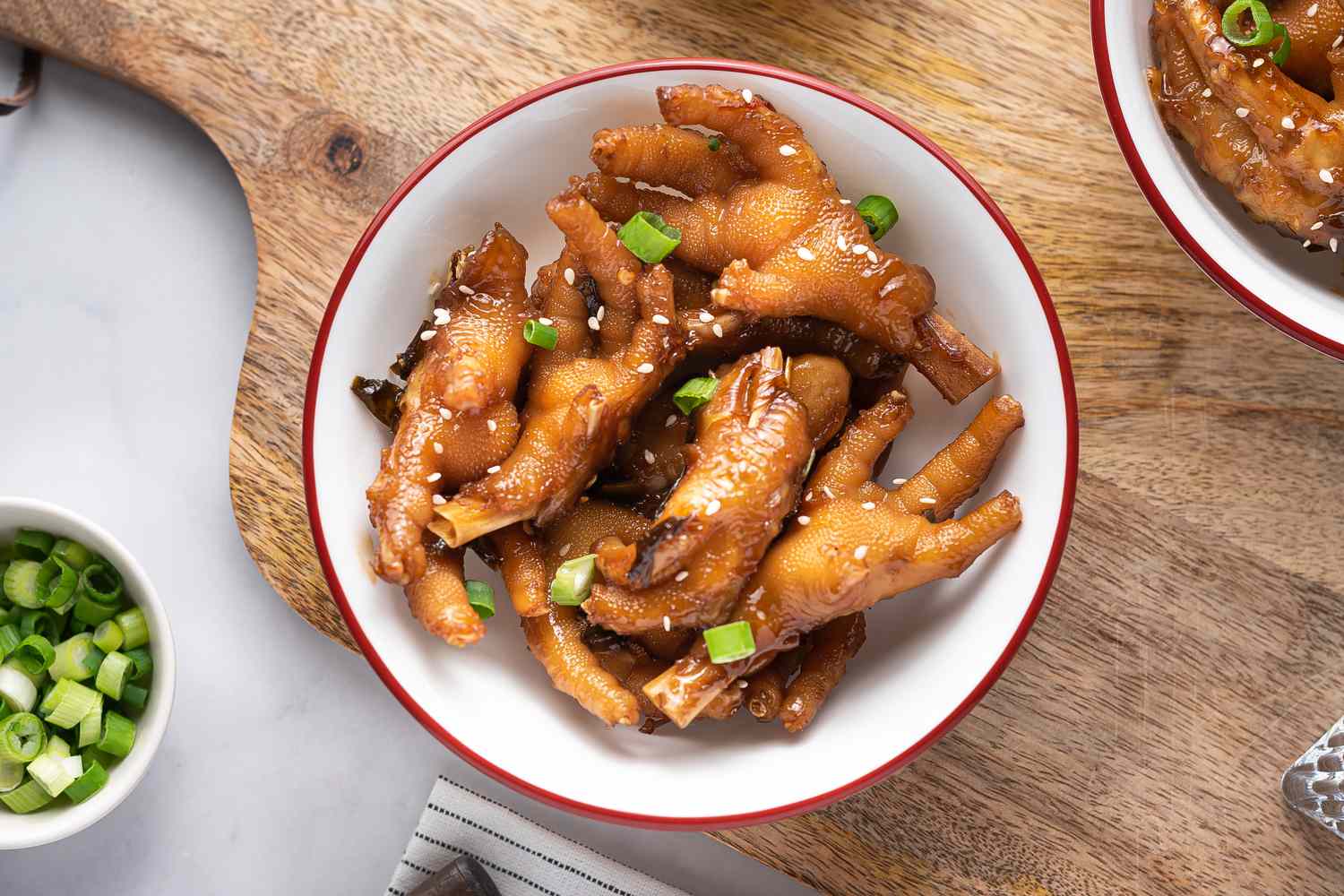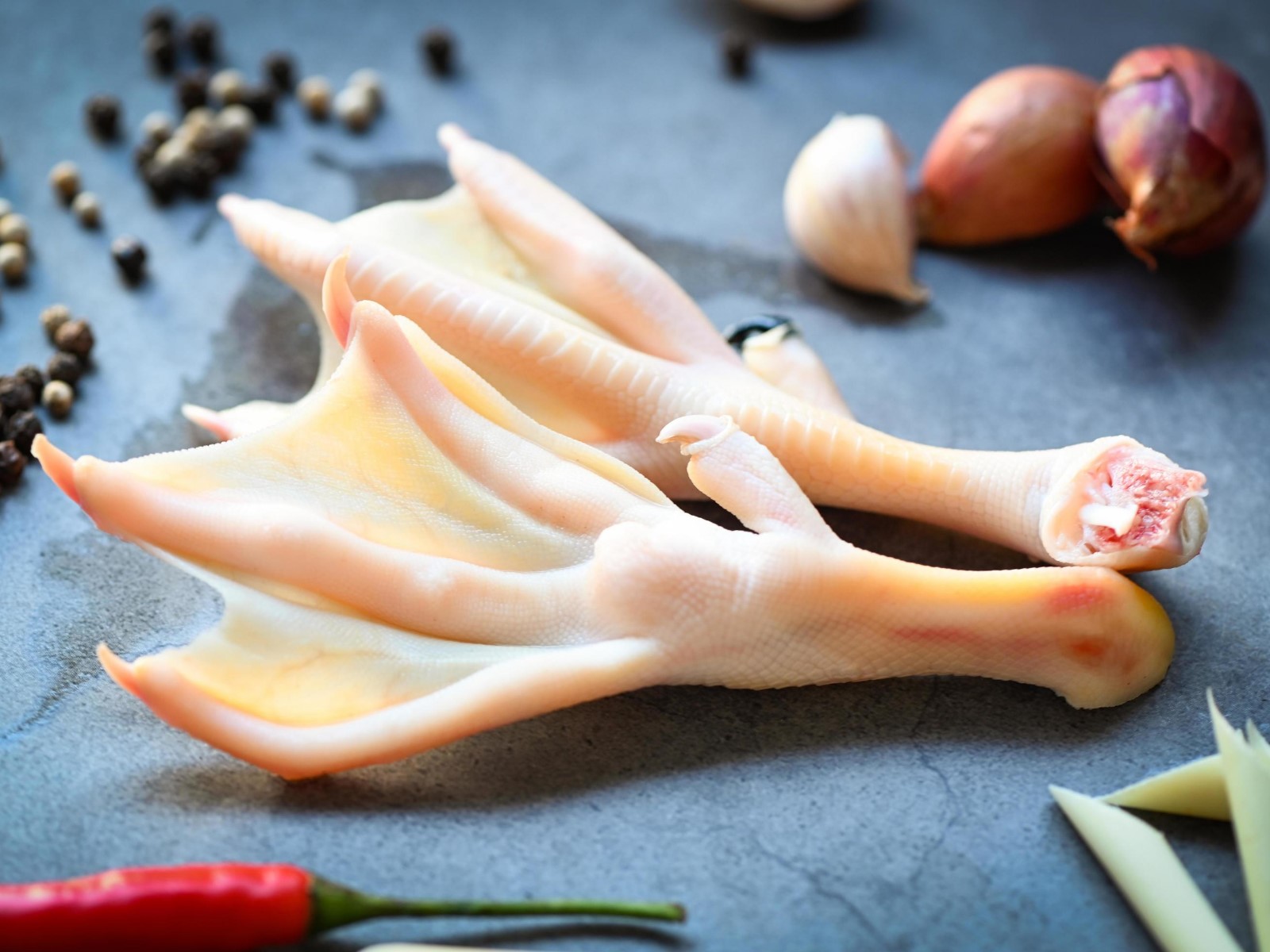Dim sum, a beloved Chinese tradition, offers a delightful array of bite-sized dishes perfect for sharing. Mastering homemade dim sum might seem challenging, but with patience and practice, anyone can create these tasty treats. From dumplings to buns, each piece requires attention to detail and fresh ingredients. This guide will walk you through essential techniques, tips, and recipes to bring the magic of dim sum to your kitchen. Whether you're a seasoned cook or a beginner, the joy of making and enjoying homemade dim sum will surely become a cherished experience for you and your loved ones.
Essential Ingredients for Crafting Homemade Dim Sum
Dough:
- 2 cups all-purpose flour
- 3/4 cup boiling water
- 1/4 cup cold water
- 1/4 teaspoon salt
Filling:
- 1/2 pound ground pork
- 1/4 cup finely chopped shrimp
- 1/4 cup finely chopped water chestnuts
- 1/4 cup finely chopped green onions
- 1 tablespoon soy sauce
- 1 tablespoon oyster sauce
- 1 teaspoon sesame oil
- 1 teaspoon grated ginger
- 1 clove garlic, minced
- 1/2 teaspoon sugar
- 1/4 teaspoon white pepper
Dipping Sauce:
- 1/4 cup soy sauce
- 1 tablespoon rice vinegar
- 1 teaspoon sesame oil
- 1 teaspoon chili oil (optional)
- 1 teaspoon finely chopped green onions
- 1/2 teaspoon sugar
The Must-Have Tools for Dim Sum Perfection
Tools Needed for Mastering the Art of Homemade Dim Sum
- Steamer Basket: Essential for cooking dumplings and buns. Bamboo steamers are traditional, but metal ones work too.
- Rolling Pin: Helps in flattening dough for wrappers.
- Mixing Bowls: For combining ingredients and marinating fillings.
- Knife: Sharp knife for chopping vegetables, meat, and other ingredients.
- Cutting Board: Provides a stable surface for cutting and preparing ingredients.
- Dumpling Press: Optional but useful for shaping dumplings quickly and uniformly.
- Measuring Cups and Spoons: Ensures accurate measurement of ingredients.
- Pastry Brush: Useful for sealing dumplings with water or egg wash.
- Chopsticks: Handy for mixing ingredients and handling delicate dumplings.
- Tongs: Helps in placing and removing dim sum from the steamer.
- Wok or Large Pot: Needed if using a metal steamer that fits inside.
- Parchment Paper or Cabbage Leaves: Prevents sticking in the steamer.
- Thermometer: Ensures fillings reach safe temperatures.
- Food Processor: Speeds up chopping and mixing tasks.
- Sieve or Strainer: Drains excess liquid from fillings.
- Small Spoon: For scooping filling into wrappers.
- Timer: Keeps track of steaming times to avoid overcooking.
Use fresh ingredients, practice folding techniques, steam with bamboo baskets, and serve immediately. Balance flavors with soy sauce, ginger, garlic, and sesame oil for authentic homemade dim sum.
The Art and Importance of Homemade Dim Sum
Mastering homemade dim sum is about embracing tradition while infusing personal creativity into cooking. This culinary practice offers a unique way to connect with cultural heritage, allowing chefs, both novice and seasoned, to experiment with flavors and techniques. It's not just about food; it's a celebration of culture, craftsmanship, and community.
Through dim sum, individuals gather, share, and enjoy a variety of dishes, making mealtime a communal and joyful experience. This art form encourages exploration of diverse ingredients and methods, fostering a deeper appreciation for the intricacies of Asian cuisine. Ultimately, it's a journey of discovery, taste, and togetherness.
Your Ultimate Guide to Dim Sum Mastery
-
Select Ingredients Carefully: For authentic dim sum, choosing fresh and high-quality ingredients is crucial. Include a variety of meats, seafood, vegetables, and spices to create a diverse menu.
-
Prepare Fillings: Each dim sum dish has its unique filling. Common options include ground pork, shrimp, and finely chopped vegetables. Season these fillings well with soy sauce, sesame oil, and other spices for flavor.
-
Make Dough for Wrappers: Most dim sum wrappers are made from wheat or rice flour. For a tender, chewy texture, knead the dough until smooth and elastic. Then, roll it out thinly before cutting into circles or squares.
-
Assemble Dim Sum: Place a small amount of filling in the center of each wrapper. Fold and seal the dim sum carefully, ensuring no filling escapes during cooking. Techniques vary from simple folds to intricate pleats, depending on the dish.
-
Choose Cooking Method: Dim sum can be steamed, fried, or baked. Steaming is the most traditional method, using bamboo steamers to cook the dim sum evenly while retaining moisture. Fried and baked versions offer a delightful contrast in textures.
-
Prepare Steamer: If steaming, line the bamboo steamer with parchment paper or cabbage leaves to prevent sticking. Arrange dim sum in the steamer without overcrowding, allowing space for steam to circulate.
-
Cook Dim Sum: Steam over boiling water for the recommended time, usually between 6 to 12 minutes, depending on size and filling. For fried or baked dim sum, adjust cooking times and temperatures accordingly.
-
Serve Immediately: Dim sum is best enjoyed fresh from the steamer, accompanied by dipping sauces such as soy sauce, chili oil, or a vinegar-ginger mix. Arrange on a platter and serve while hot.
-
Experiment with Flavors: Once comfortable with basic dim sum recipes, experiment by incorporating different fillings, spices, and cooking techniques. This diversity is what makes dim sum a rich culinary tradition.
-
Practice Makes Perfect: Mastering dim sum requires patience and practice, especially when learning to wrap and fold the delicate wrappers. Don't be discouraged by initial failures; each attempt improves skill and understanding.
-
Enjoy the Process: Beyond the delicious results, making dim sum at home is a rewarding experience that celebrates the rich culinary traditions of Chinese cuisine. Enjoy both the process and the delicious dishes you create.
Crafting Dim Sum at Home
Making homemade dim sum is a rewarding experience. With practice, you'll get the hang of folding dumplings, steaming buns, and perfecting sauces. Start with simple recipes like pork dumplings or shrimp shumai. As you gain confidence, try more complex dishes like char siu bao or har gow.
Remember, the key to great dim sum is fresh ingredients and patience. Don't rush the process. Enjoy the journey of creating these delicious bites. Share them with friends and family, and you'll find that the effort is well worth it.
So, roll up your sleeves, gather your ingredients, and start cooking. Your taste buds will thank you, and you'll have a new skill to impress your loved ones. Happy cooking!
All Your Dim Sum Questions Answered
What is dim sum?
Dim sum is a traditional Chinese meal made up of small dishes, often served with tea. Think of it like Chinese tapas. You can enjoy a variety of flavors and textures in one sitting.
What are some common dim sum dishes?
Popular dim sum dishes include dumplings, bao buns, spring rolls, and sticky rice wrapped in lotus leaves. Each dish has its unique taste and ingredients.
How do you make dumplings at home?
Making dumplings involves creating a filling, usually a mix of meat and vegetables, and wrapping it in thin dough. You can steam, boil, or pan-fry them. It's a bit of work but totally worth it!
What ingredients do I need for bao buns?
For bao buns, you'll need flour, yeast, sugar, milk, and a bit of oil for the dough. The filling can be anything from barbecue pork to vegetarian options.
Can I make dim sum if I’m a beginner?
Absolutely! Start with simpler dishes like spring rolls or steamed buns. As you get more comfortable, you can try more complex recipes. Practice makes perfect.
What’s the best way to steam dim sum at home?
Use a bamboo steamer for an authentic touch. Line it with parchment paper or cabbage leaves to prevent sticking. Place it over a pot of boiling water, making sure the water doesn't touch the food.
Are there any tips for making dim sum healthier?
Use lean meats, plenty of vegetables, and whole-grain flours. Steaming instead of frying also cuts down on calories. You can still enjoy delicious dim sum without the guilt!
